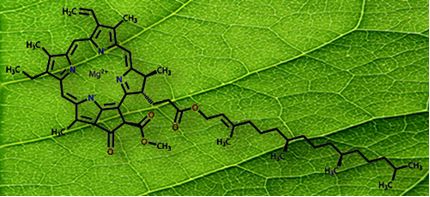As the years pass, we realize that climate change is becoming more and more clear. This variation in climate and temperature can affect the plant used as the main basis for the production of the much-loved chocolate: the cocoa tree, whose fruit is cocoa.
Read more: Cocoa and Chocolate: Do they taste the same?
see more
These are the 4 zodiac signs that love solitude the most, according to…
There are some dog breeds considered perfect for people…
Cocoa trees only exist in tropical forests. This is because, according to the United States Oceanic and Atmospheric Administration (National Oceanic and Atmospheric Administration, or NOAA), the plant needs protection from the wind, soil that is rich in hydrogen, standardized temperature and high humidity.
Thus, Ghana, Ivory Coast and Indonesia are currently the main producers of the fruit. What alarms the specialists is that, according to reports, the mentioned countries will have an increase of 2.1°C in its temperature by the year 2050, which could cause the end of the fruits produced by the trees.
Scientists try to save cocoa
However, all is not lost for chocolate lovers. A group of scientists from the University of California have been trying to alter the cocoa's DNA in a well meticulous, so that the plants can survive the possibly hotter and drier future than we will.
The method used by the scientists is known as CRISPR (Set of Regularly Spaced Short Palindromic Repeats, or Clustered Regularly Interspaced Short Palindromic Repeats, according to the acronym), which has the potential to accelerate the genetic evolution of plants, making them adaptable to situations in which they would not survive naturally.
Among the research funders is Mars, which operates in the sweets sector and has cocoa as one of its main raw materials. Among the brand's products are famous chocolates such as M&Ms and Snickers.
A possible substitute for cocoa
In view of the possibility of extinction of cocoa, we have a fruit that can replace it in the future. The fruit in question is cupuaçu, and some Brazilian growers are researching ways to transform it into what is currently called cupulate.
Cupuaçu has some similarities with cocoa, being fruits of the same genus, differing only in terms of flavor. When transformed into a bar, cupuaçu dissolves faster than cocoa, as well as having greater softness. The main difference in flavor is that cupulate is a little more citrusy.
Thus, the greatest difficulty encountered by the product derived from cupuaçu is the comparison with chocolate, but if the latter ceases to exist, cupulate can be a great and practical alternative.
It should be noted that the cupulate is not a recent discovery, as it was patented in the 1980s by the Brazilian Agricultural Research Corporation (Embrapa).
Lover of movies and series and everything that involves cinema. An active curious on the networks, always connected to information about the web.


